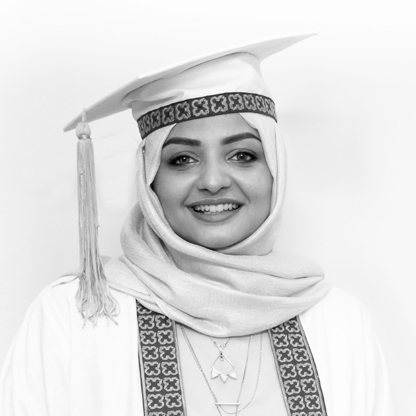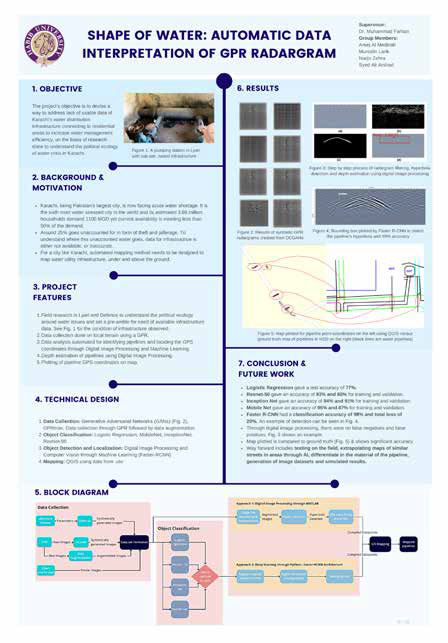
NARJIS ZEHRA
Aspiration Statement
I look forward to pursuing research in the field of Computer Vision or Communications for graduate-level education after graduation from Habib University. I have developed a keen interest in design, design for sustainability and integration of design and engineering for thoughtful innovation, leading to my interest in Civic-tech.
Core Skills
- Integration of engineering and design for thoughtful innovation
- Machine Learning and Computer Vision
- Arduino, R-pi, SDR, LoRaWAN
- Systems Engineering and Systems Thinking
- Solid Edge, Solid Works, AutoCAD
- Agile Methodologies
- Human Computer Interaction, Artificial Intelligence (AI)
- User-centered Design
Academic Awards / Achievements
- Carnegie Mellon University - Masters in Integrated Innovation in Products & Services, Engineering Design
- Deans List - Fall 2019, Spring 2019 & Spring 2018
- Karachi Citizen Lab’s Peace Innovation Fellowship
Experience
Leadership / Meta-curricular
- Young Leaders Program in Urban Future Global Conference 2020
- Summer Sisters Exchange Program 2016
Internship / Volunteer Work
- Human-Computer Interaction Institute - Carnegie Mellon University [School of Computer Science] - Research Associate (Jun 2022 - Present)
- Carnegie Mellon University - Graduate Teaching Assistant (Oct 2021 - Dec 2021)
- Simple Practice - Product Management Intern (Jun 2021 - Aug 2021)
- Playground, Habib University - Design Researcher
- Data Communication and Control - Intern
- Discovery Center - PUAN Mentorship Program
Final Year Project
Project Title
Shape of Water
Description
Karachi, being Pakistan’s largest city, is the sixth most water-stressed city in the world. Our research showed that coupled with water shortages is a severe lack of management of existing urban water resources, due to a lack of planning and updated data on underground pipeline supply infrastructure. Currently, stakeholders such as Karachi Water and Sewage Board (KWSB) or regional authorities do not have infrastructure data available. Leveraging the Ground Penetrating Radar (GPR) for utility detection, the project addresses automation of data interpretation of GPR’s radargrams through Machine Learning for the purpose of implementing the technology on a mass scale throughout the city. This project compares the result of Logistic Regression for pipe detection with Deep Convolutional Neural Networks (MobileNet, ResNet-50 and Inception-Net). Additionally, hyperbola localization for depth estimation and pipe localization was done through Digital Image Processing and Yolo alongside point mapping of infrastructure on Geographic Information Systems (GIS). (Group Project-Interdisciplinary)
